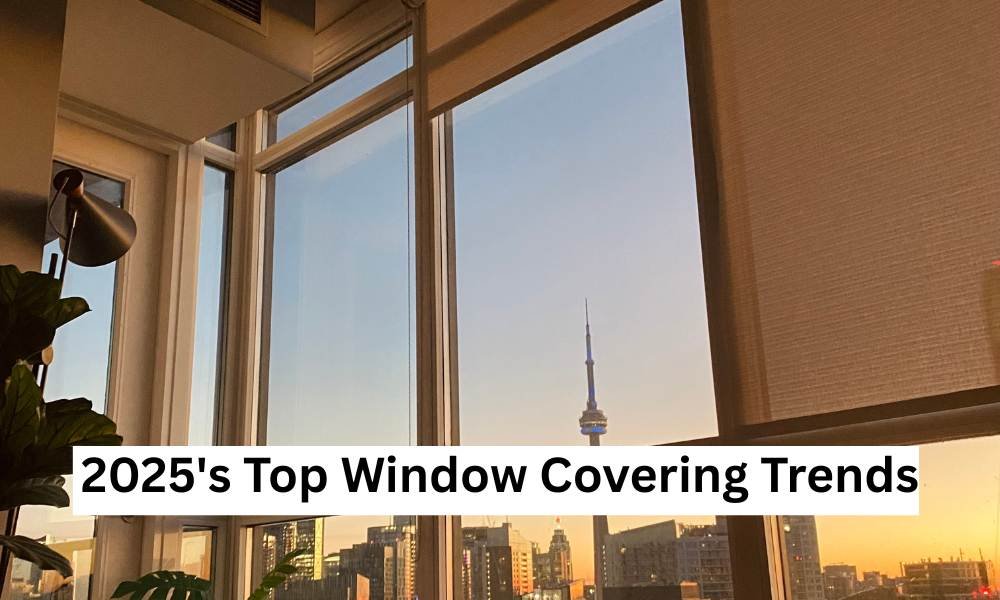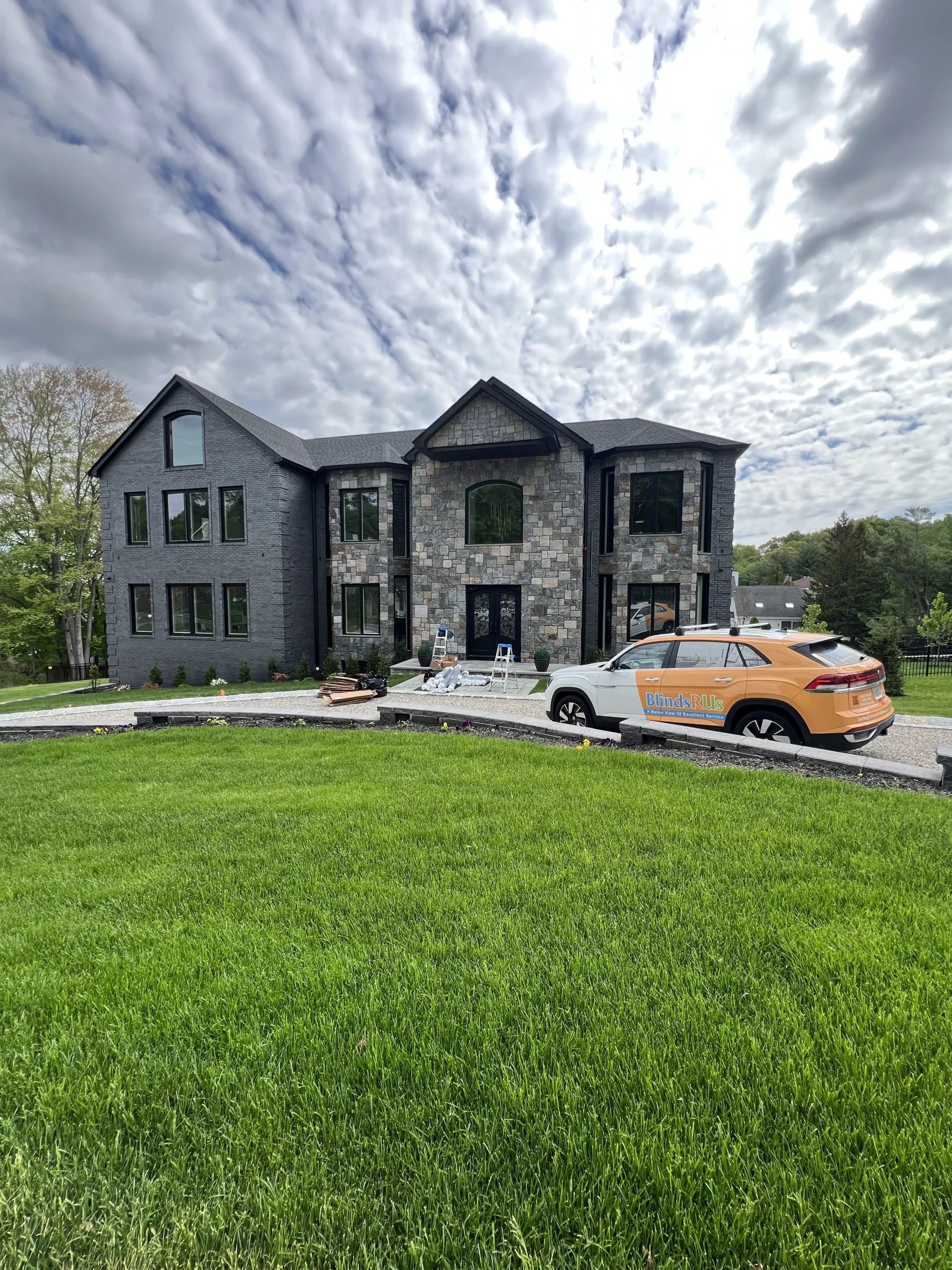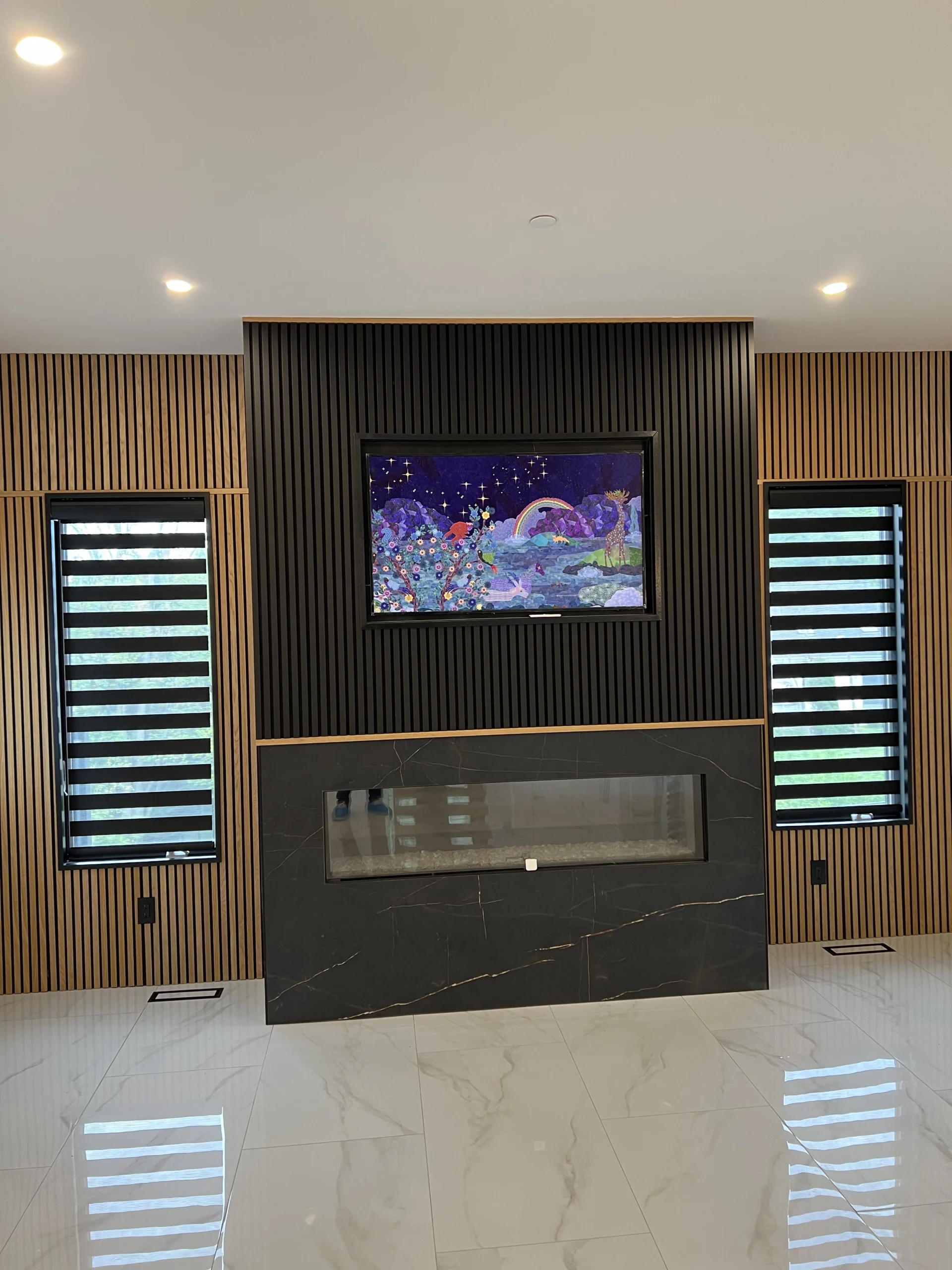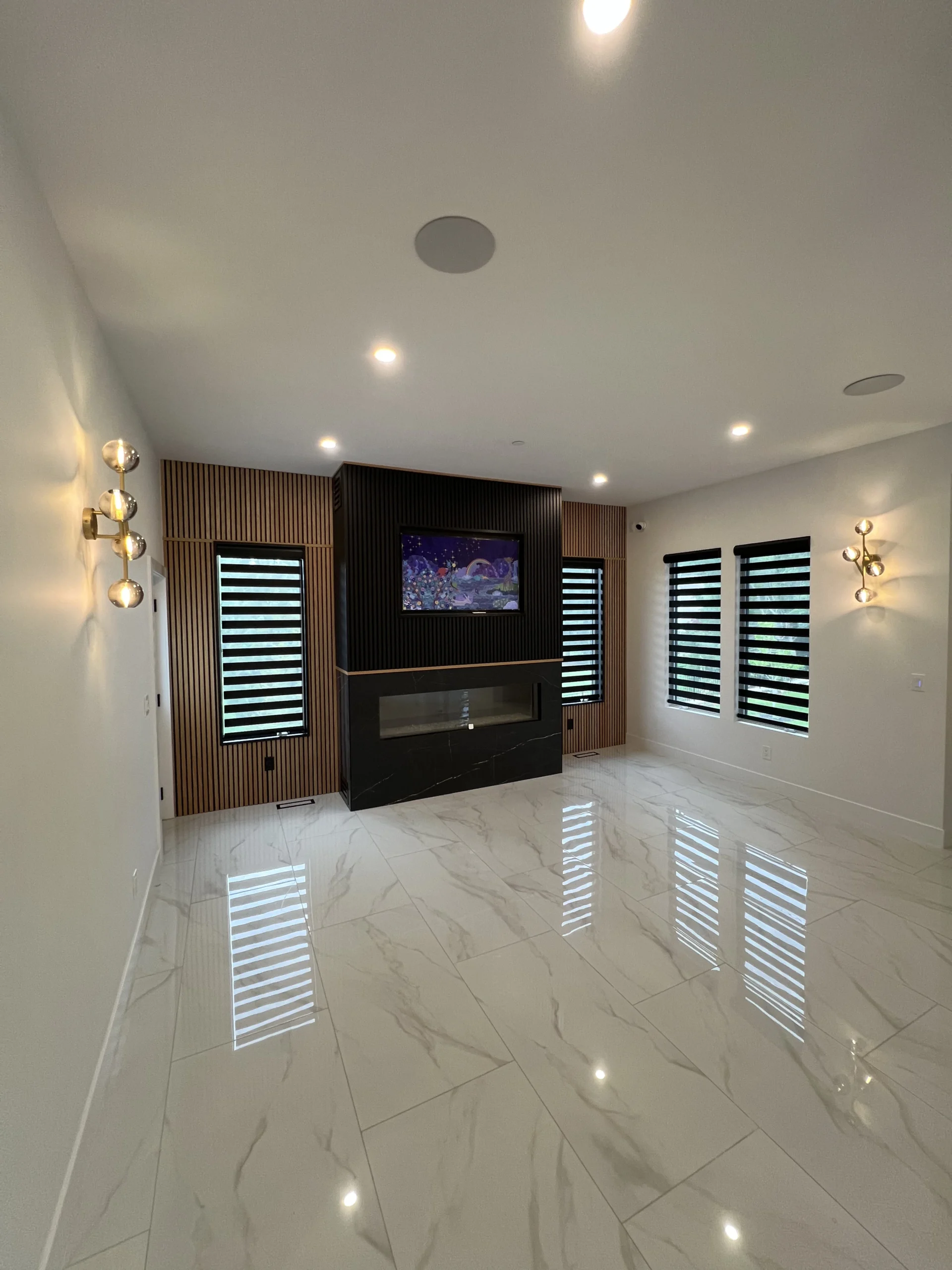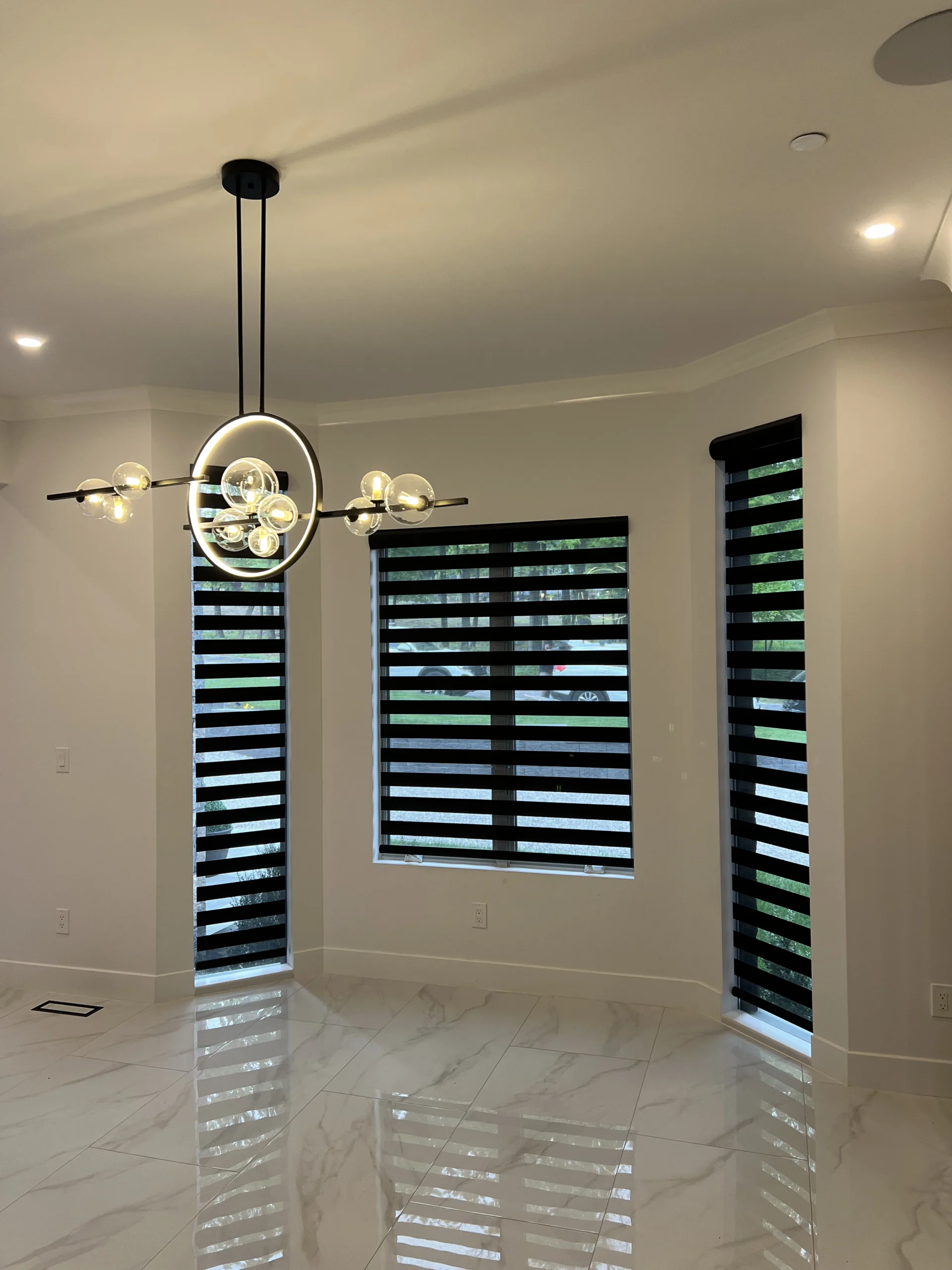Hot in summer, drafty in winter—your windows might be working against you. Heavy curtains help a little, but they’re bulky and hard to keep clean. Vinyl blinds crack. And most fabric options just trap dust. Blinds do something different. They reflect sunlight, help manage indoor temperatures, and still look sharp in any room. They’re not just for offices anymore.
They Keep Heat Where You Want It
Blinds work like a barrier between your home and the weather outside. In summer, they bounce sunlight back instead of letting it bake your living room. In winter, they help hold warmth inside when the slats are closed. You can tilt the slats to manage light and airflow, which gives you more control—without needing blackout panels or extra thermal curtains. People who install window blinds often see their rooms feel more comfortable and their cooling or heating bills drop a bit. Looking for a simple way to lower your energy use? Try blinds for windows that help control heat and fit your space.
They Look Good—Without Trying Too Hard
Modern Venetian aluminium blinds aren’t clunky or cold-looking. They come in finishes like matte black, brushed nickel, and soft white. The clean lines work in almost any room, especially if you like a tidy, modern look. These blinds don’t need constant fussing. No dry cleaning. No sagging. You just wipe them with a cloth now and then. mini blinds and aluminium mini blinds are ideal for small windows or tight spaces. They work the same but take up less room. Want something that looks clean and works hard? Try a metal window blind that fits your space and wipes clean in seconds.
They Hold Up Over Time
If you’ve ever replaced cracked vinyl blinds or watched fabric ones fade, you know the hassle. Metal window covers avoid that. They don’t warp, fade, or soak up moisture. They’re a smart choice for bathrooms, kitchens, or any sunny spot. You can count on alum blinds to keep their shape. That means fewer replacements and less frustration—whether you’re a homeowner or managing a rental. Want blinds that last through seasons and tenants? Go with window blinds for durability that doesn’t fade or crack.
Better Than Vinyl or Fabric
Here’s what usually comes up: blinds vs vinyl—what’s the difference? Vinyl blinds often cost less, but they’re easier to break and tend to look worn after a year or two. Horizontal blinds and vertical window blinds are stronger. They stay straight and hold their color. And if you’re covering a wide window or sliding door, you won’t have to worry about them sagging. Some styles are even made from recycled materials. That’s better for your home and the planet. Ready to replace old blinds? Choose window blinds for something stronger, cleaner, and better built than vinyl. Tired of dusty curtains or cheap blinds that fall apart? Switch to venetian blinds, mini blinds, or vertical window blinds. You’ll get better light control, lower bills, and a cleaner look—all fromblinds that actually last. Browse your options and see what fits best.




